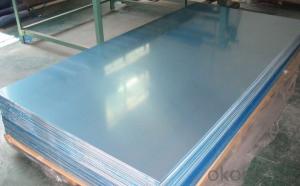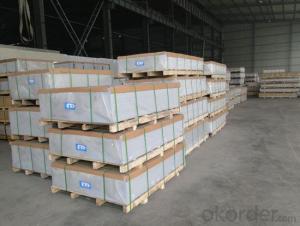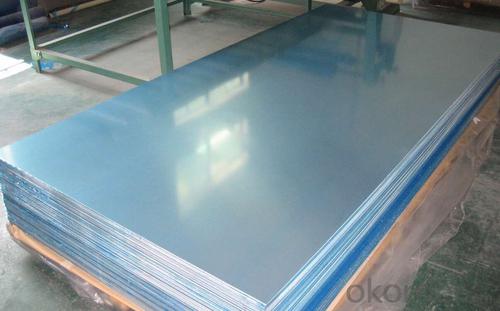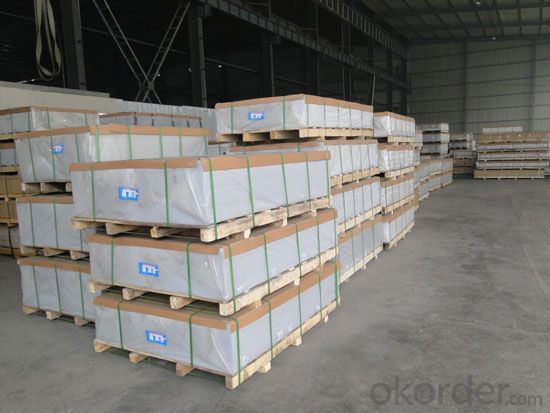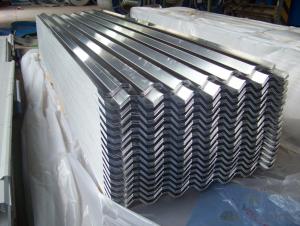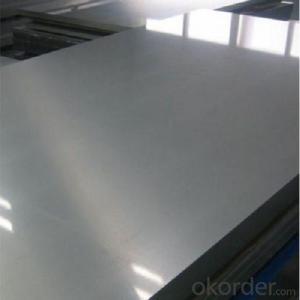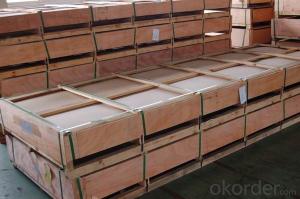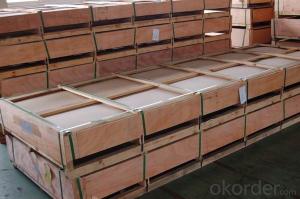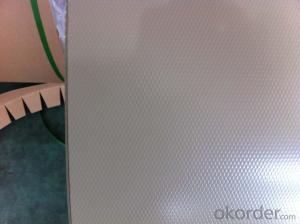4 X 8 Aluminum Diamond Plate Sheets AA5052 for Construction
- Loading Port:
- Shanghai
- Payment Terms:
- TT OR LC
- Min Order Qty:
- 8 m.t.
- Supply Capability:
- 10000 m.t./month
OKorder Service Pledge
OKorder Financial Service
You Might Also Like
Specification
1.Structure of Aluminum Sheets AA5052 Used for Constrcution Description
Aluminum Sheets AA5052 Used for Constrcution has great ductility, heat conductivity, anti-corrosion and moisture resistance properties.
Aluminum Sheets AA5052 Used for Constrcution is widely used for electronics, instruments, lighting decoration, packing industry, house decoration, curtain wall, honeycomb-core panel, sandwich panel, aluminum composite panel and aluminum composite pipes.
2.Main Features of Aluminum Sheets AA5052 Used for Constrcution
a.Competitive price---We have our own mills and can produce mill finished aluminium coils, so we can control the production cost better.
b.Professional after-sale service---We have more than 15 years exportation experience and you need not worry about the exporation problems.
c.Fast delivery time---We can control the delivery time within 35 days.
3.Aluminum Sheets AA5052 Used for Constrcution Images
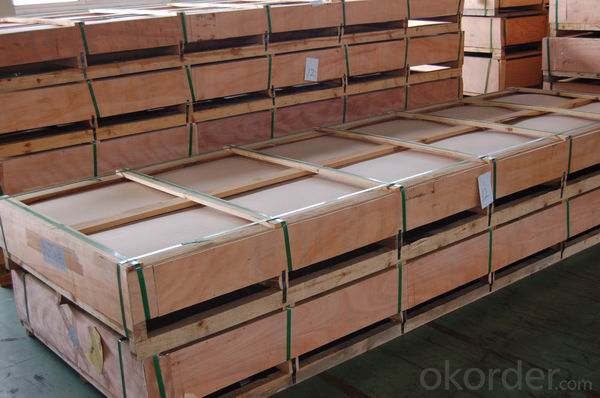
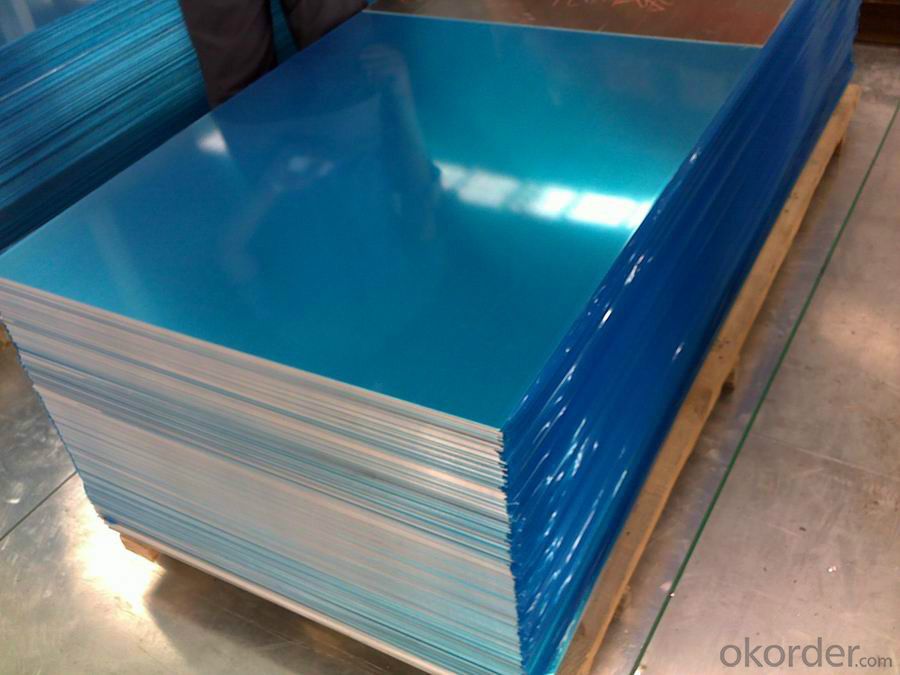
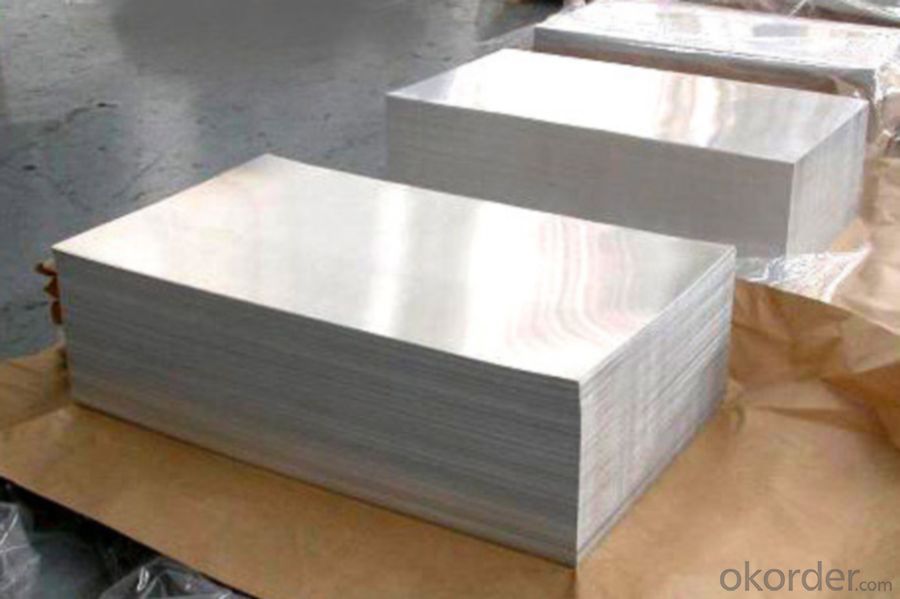
4.Aluminum Sheets AA5052 Used for Constrcution Specification
Alloy | AA5052 |
Temper | H14, H16, H18, H22, H24, H26, H32, O/F |
Thickness | 0.2mm -- 100mm |
Width | 30mm -- 1700mm |
Standard | GB/T 3880-2006,EN,ASTM,JIS |
5. FAQ of Aluminum Sheets AA5052 Used for Constrcution
A.What is the quality standard?
---Usually our standard is GB3880-2006
B. What is the largest width?
---It is 2300mm
C. What is the MOQ?
---Usually we can accept 80 tons.
- Q: How to distinguish aluminum sheet from magnesium sheet?
- put two sheets into excess NaOH. The one that reacts with NaOH, generating sediment, is magnesium sheet,(sediment, but Al(OH)3 is amphoteric:Mg(OH)2) another one without sediment is aluminum sheet(in fact, there is sediment Al(OH)3, but it will react with alkali,)
- Q: What is the typical machinability of aluminum sheets?
- Aluminum sheets are widely acknowledged for their excellent machinability. This is due to their relatively low density and softness, which make them easier to machine compared to other metals. Furthermore, aluminum exhibits good thermal conductivity, enabling efficient heat removal during machining. Its low melting point also reduces the likelihood of overheating. Moreover, aluminum demonstrates favorable chip formation characteristics, resulting in effortless chip removal and decreased tool wear. However, the machinability of aluminum may differ depending on factors like alloy composition, tempering, and surface finish. Nevertheless, aluminum sheets are generally considered to be highly machinable.
- Q: This question asks for a comparison between aluminum sheets and other types of sheet metal regarding their strength and durability.
- <p>Aluminum sheets are known for their high strength-to-weight ratio, making them lighter than many other sheet metals such as steel. They offer excellent corrosion resistance, which contributes to their durability. However, in terms of sheer strength, aluminum is not as strong as steel or titanium. Steel is stronger but also heavier, and while titanium is very strong and durable, it is also more expensive and less commonly used in construction and manufacturing. Aluminum's malleability allows it to be easily shaped and formed, and it is also non-magnetic and has good thermal conductivity. Overall, aluminum is a popular choice for applications requiring a balance between strength, weight, and resistance to corrosion.</p>
- Q: What are the different surface finishes for aluminum sheets in the construction industry?
- In the construction industry, there are several different surface finishes that can be applied to aluminum sheets. These finishes are designed to enhance the appearance and durability of the aluminum, making it suitable for various construction applications. One common surface finish for aluminum sheets is mill finish. This finish is the raw, untreated surface of the aluminum, which may have some minor imperfections or scratches. Mill finish is often used in applications where appearance is not a major concern, such as structural components or industrial projects. Another popular surface finish is anodized finish. Anodizing is an electrochemical process that creates a protective layer on the surface of the aluminum, making it more resistant to corrosion and wear. Anodized finishes can come in a variety of colors, allowing for greater design flexibility in construction projects. This finish is commonly used for architectural elements, such as window frames, facades, and decorative panels. Painted finishes are also commonly used in the construction industry. Aluminum sheets can be coated with a layer of paint, which provides both aesthetic appeal and additional protection against corrosion. Painted finishes can be customized to match specific design requirements, making them suitable for a wide range of construction applications. Additionally, brushed finishes are often used in the construction industry. Brushing is a mechanical process that creates a textured surface on the aluminum, resulting in a distinctive, matte appearance. This finish is commonly used for decorative purposes, such as interior wall panels or furniture in commercial spaces. In summary, the construction industry offers a variety of surface finishes for aluminum sheets. These finishes include mill finish, anodized finish, painted finish, and brushed finish. Each finish has its own unique properties and benefits, allowing for greater versatility and customization in construction projects.
- Q: How do you prevent warping of aluminum sheets during machining?
- To prevent warping of aluminum sheets during machining, there are several steps that can be taken: 1. Proper material selection: Choosing the right grade of aluminum is crucial to minimize warping. Aluminum alloys with lower levels of thermal expansion, such as 6061 or 7075, are less prone to warping during machining. 2. Stabilize the material: Before machining, it is recommended to anneal or stress-relieve the aluminum sheets. This process helps to reduce internal stresses within the material and minimize the chances of warping. 3. Use appropriate cutting tools: The selection of cutting tools is critical to prevent warping. Tools with sharp edges and proper geometry should be used to minimize heat generation and ensure efficient chip removal. Carbide or diamond-coated tools are often preferred for machining aluminum as they have high heat resistance. 4. Minimize heat generation: Excessive heat can cause the aluminum sheet to warp. To prevent this, coolant or lubricants should be used during machining to reduce friction and dissipate heat. Continuous cooling can help maintain a stable temperature and prevent warping. 5. Control cutting parameters: Proper control of cutting parameters such as cutting speed, feed rate, and depth of cut is essential to prevent warping. High cutting speeds or excessive material removal rates can generate excessive heat, leading to warping. Optimal parameters should be determined through experimentation and experience. 6. Use appropriate fixturing: During machining, proper fixturing is crucial to minimize the chances of warping. Securely clamping the aluminum sheets using appropriate fixtures or jigs helps to maintain stability and prevent movement during machining. 7. Consider machining techniques: Certain machining techniques, such as climb milling or ramping, can help reduce the chances of warping. These techniques minimize vibrations and ensure a smoother cutting process, reducing the risk of warping. 8. Post-machining treatment: After machining, it is recommended to stress-relieve the aluminum sheets again. This step can help further reduce any residual stress that may have developed during the machining process. By following these steps, it is possible to significantly reduce the chances of warping during the machining of aluminum sheets, ensuring high-quality finished products.
- Q: Can the aluminum sheets be used for manufacturing chemical reactors?
- Yes, aluminum sheets can be used for manufacturing chemical reactors.
- Q: What are the common uses of aluminum sheets?
- Aluminum sheets have a wide range of common uses across various industries. They are often used in construction for roofing, siding, and structural components due to their lightweight and durable nature. In the transportation sector, aluminum sheets are utilized in the manufacturing of vehicles, including cars, airplanes, and boats, to reduce weight and improve fuel efficiency. Additionally, aluminum sheets are commonly used in packaging, electrical appliances, and signage due to their corrosion resistance and ability to be easily formed into different shapes.
- Q: This question asks if aluminum sheets are suitable for outdoor use in environments with high temperatures.
- <p>Yes, aluminum sheets can be used for outdoor applications even in high temperatures. Aluminum has a high melting point of around 660掳C (1220掳F), making it resistant to heat. It also has good thermal conductivity, which allows it to dissipate heat quickly. However, it's important to note that prolonged exposure to high temperatures can cause aluminum to expand and potentially warp. For outdoor applications, especially in high-temperature environments, it's recommended to use aluminum alloys designed for such conditions to ensure durability and performance.</p>
- Q: This question asks for the various types of adhesives that can be used for bonding aluminum profiles when constructing exterior cladding.
- <p>For bonding aluminum profiles in exterior cladding, several types of adhesives are commonly used. These include: 1. Structural adhesives, which provide strong and durable bonds suitable for load-bearing applications. 2. Silicone sealants, known for their flexibility and resistance to weathering, making them ideal for sealing gaps and joints. 3. Acrylic adhesives, which offer good adhesion and flexibility, and are often used for bonding aluminum to other materials. 4. Epoxy adhesives, known for their high strength and resistance to chemicals, making them suitable for demanding environments. 5. Polyurethane adhesives, which provide strong bonds and excellent resistance to moisture and temperature changes. The choice of adhesive depends on factors such as the specific application, environmental conditions, and required performance characteristics.</p>
- Q: What is the density of the 1100 aluminum plate?
- 1100 aluminum plate is generally used in utensils, heat sink, caps, printing plates, building materials, heat exchanger components, but also can be used as deep stamping products. It is widely used in various fields ranging from cooking utensils to industrial equipment.
Send your message to us
4 X 8 Aluminum Diamond Plate Sheets AA5052 for Construction
- Loading Port:
- Shanghai
- Payment Terms:
- TT OR LC
- Min Order Qty:
- 8 m.t.
- Supply Capability:
- 10000 m.t./month
OKorder Service Pledge
OKorder Financial Service
Similar products
Hot products
Hot Searches
Related keywords
